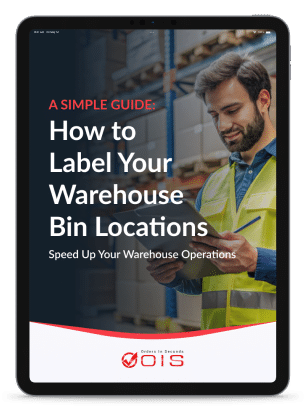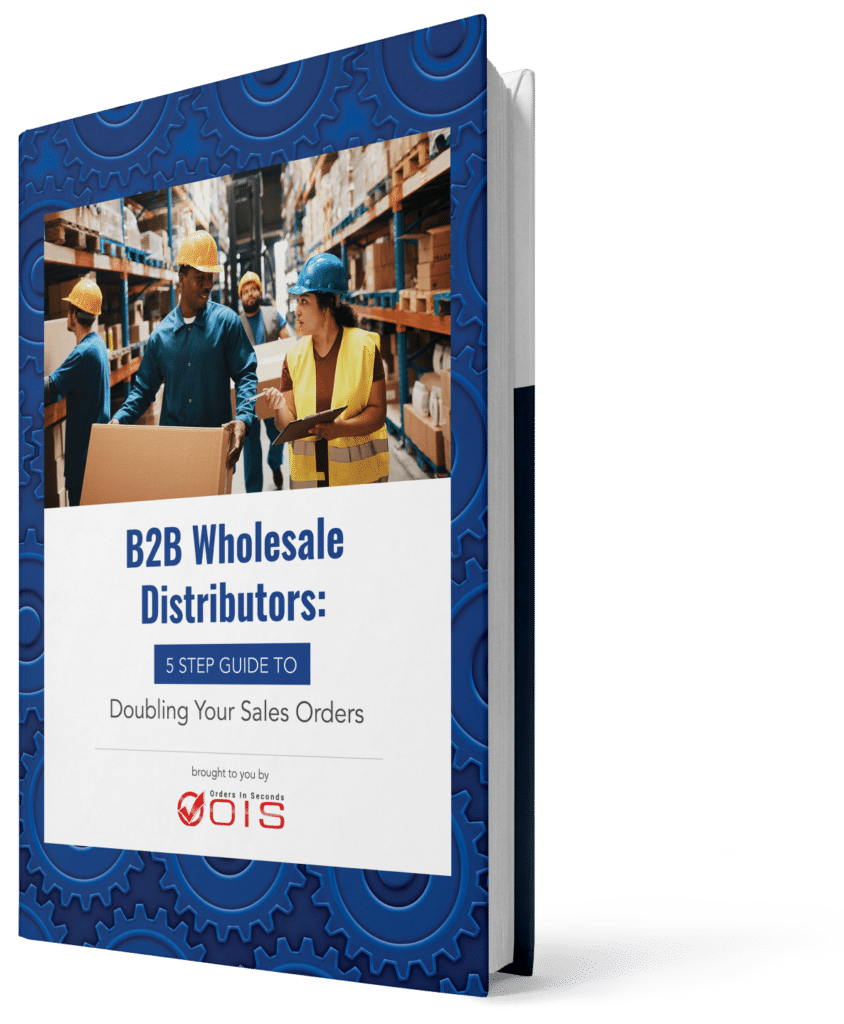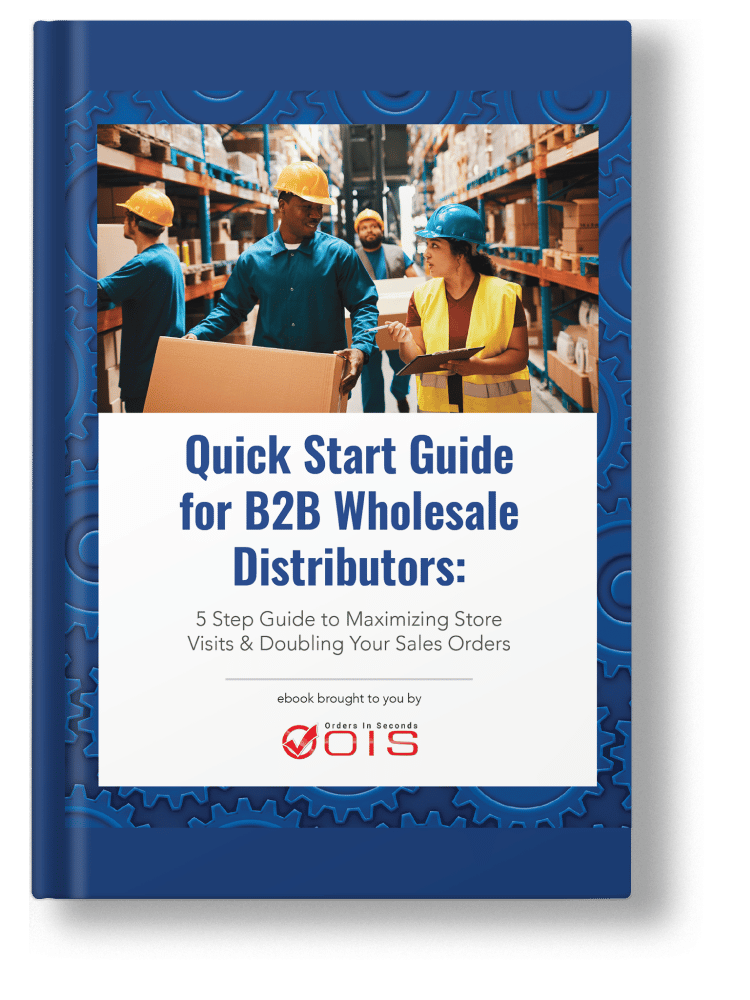The Economic Order Quantity (EOQ) formula helps determine the ideal order size to minimize your inventory costs. Using the EOQ formula balances ordering and holding costs, leading to efficient inventory management. This article will guide you through understanding and applying the EOQ formula for better stock management.
Key Takeaways
- The EOQ formula helps businesses determine the optimal order size to minimize logistics and warehousing costs, balancing ordering and holding costs.
- Calculating EOQ involves understanding key components: annual demand (D), setup costs (S), and holding costs (H), and the formula is EOQ = √(2DS/H).
- Despite its benefits, the EOQ model has limitations, such as assuming constant demand and fixed costs, which may not apply in real-world scenarios, necessitating adjustments in inventory strategies.
Table of Contents
- Understanding the Economic Order Quantity (EOQ) Formula
- The EOQ Formula Breakdown
- How to Calculate EOQ: Step-by-Step Guide
- Benefits of Using the EOQ Formula
- Limitations of the EOQ Model
- Practical Applications of EOQ in Inventory Management
- Tools and Software for EOQ Calculation
- Summary
- Frequently Asked Questions
- Streamline Your Inventory Management with OIS Inventory
Understanding the Economic Order Quantity (EOQ) Formula

The Economic Order Quantity (EOQ) formula is a cornerstone of efficient inventory management. At its core, the economic order quantity formula helps businesses determine the ideal order size to minimize logistics and warehousing costs. EOQ helps companies manage their stock levels efficiently, ensuring they meet customer demand without overstocking by balancing ordering and holding costs.
Using the EOQ formula allows businesses to find the right balance between ordering frequency and order size. This balance prevents excess capital from being tied up in inventory and helps avoid stockouts, which can negatively affect customer satisfaction.
Additionally, EOQ can result in substantial cost savings by minimizing total inventory costs through reduced ordering and holding costs. Understanding the EOQ formula’s components is essential.

Speed Up Your Warehouse Operations
A Simple Guide: How to Label Your Warehouse Bin Locations
The EOQ Formula Breakdown

The EOQ formula is represented as EOQ = √(2DS/H). This formula is designed to minimize total inventory costs by finding the optimal order quantity. It hinges on three main components: setup costs (S), demand rate (D), and holding costs (H).
These components must be understood to accurately calculate EOQ and optimize inventory management.
Demand Rate (D)
In the EOQ formula, ‘D’ represents the demand rate, which is the annual quantity demanded or the amount of inventory sold each year. This rate can be determined using historical sales data, providing a reliable forecast of future demand.
For instance, if a business has an annual demand rate of 12,000 pairs of shoes, this figure aids in calculating the optimal order size to avoid overstocking or stockouts.
Setup Costs (S)
Setup costs, denoted as ‘S’, include all the costs associated with ordering inventory, such as packaging and delivery fees, including ordering costs. These costs can vary significantly between orders, but for EOQ calculations, they are considered as a fixed cost per order.
Accurate determination of setup costs is vital since it directly affects total inventory costs and the optimal order quantity.
Holding Costs (H)
Holding costs, represented by ‘H’ in the EOQ formula, encompass all the costs related to storing and maintaining inventory. These costs include capital costs, service costs, risk costs, and storage costs.
For instance, if the holding cost per unit per year is $3, this figure is used in the EOQ calculation to determine the most cost-effective order size.
How to Calculate EOQ: Step-by-Step Guide
Calculating EOQ involves a few straightforward steps. First, determine the annual demand in units (D), then ascertain the setup costs per order (S), and finally, find the holding cost per unit per year (H). The EOQ formula is then applied as follows: EOQ = √(2DS/H). Multiply the demand by two, then by the setup cost, and divide by the holding cost. The square root of this result gives the EOQ.
For example, if a business has an annual demand of 12,000 units, a setup cost of $100 per order, and a holding cost of $16 per unit per year, the order cost EOQ calculation would follow the formula.
Following these steps helps businesses order the optimal quantity, minimize inventory costs and maintain efficient stock levels.
Example Calculation
A practical example: A clothing line orders 12,000 shirts annually, with a setup cost of $100 and a holding cost of $16 per shirt. Using the EOQ formula, EOQ = √(2 12000 100 / 16), the calculated order quantity is approximately 465 shirts.
This example illustrates how businesses can use the EOQ formula to determine the optimal order size and minimize total inventory costs.
Benefits of Using the EOQ Formula

The EOQ formula offers numerous benefits for businesses. One of the primary advantages is the significant reduction in inventory costs by balancing order and holding costs with demand. This balance helps businesses avoid overstocking, which ties up capital, and understocking, which can lead to missed sales opportunities.
EOQ also enhances profitability by lowering operational costs. Maintaining optimal inventory levels frees up working capital for other investments and improves cash flow.
Additionally, a lower stockout rate achieved through EOQ optimization enhances customer satisfaction and order fulfillment. Ultimately, EOQ enables companies to adapt to rapid market changes and innovate more effectively.
Limitations of the EOQ Model
While the EOQ formula is a powerful tool, it has its limitations. The EOQ model operates under several assumptions, including constant demand and fixed ordering and holding costs. These assumptions may not hold true in real-world scenarios, where demand can fluctuate, and costs can vary due to external factors.
Additionally, the EOQ model does not account for unexpected supply chain disruptions or changes in lead time, which can impact inventory management accuracy. Understanding these limitations and considering additional strategies is important when applying the EOQ formula.

Avoid the Top 5 Mistakes Wholesale Distributors Make
Are you making one of the top 5 mistakes that plague wholesale distributors? Download our free eBook to find out. We’ve also included tips and guidance to help you save time and avoid costly mistakes.
Assumption of Constant Demand
The EOQ formula assumes a constant demand rate, which may not reflect real-world buying patterns. Sudden changes in consumer demand, especially during seasonal fluctuations, can complicate inventory management and lead to EOQ miscalculations.
Businesses must be aware of these limitations and adjust their inventory strategies accordingly to mitigate inventory shortages.
Fixed Cost Assumption
EOQ calculations assume that ordering and holding costs remain constant, which is often not the case in dynamic markets. Costs can change due to various factors, impacting the accuracy of EOQ calculations.
Businesses should monitor these costs closely and adjust their EOQ calculations to minimize costs and maintain optimal inventory levels.

The EOQ model can be applied in various ways to enhance inventory management. For instance, it helps businesses estimate reorder points and maintain sufficient inventory levels to meet demand while avoiding excess stock. Accurate lead time estimation is also crucial for effective EOQ calculations, ensuring that inventory is replenished just in time to meet demand.
Monitoring inventory turnover rates can further optimize EOQ, reducing the risk of stale inventory and ensuring that stock levels are aligned with demand. By incorporating EOQ with Just-In-Time (JIT) practices, businesses can synchronize order quantities with production schedules, enhancing supply chain efficiency.
Seasonal Demand Adjustments
Seasonal demand variations can significantly impact inventory levels. To handle these fluctuations, businesses should adjust EOQ calculations based on historical sales data during seasonal peaks and troughs. This approach helps avoid stockouts and overstock situations, ensuring inventory levels align with customer demand.
Safety Stock Considerations
Including safety stock in EOQ calculations helps maintain service levels during unexpected demand spikes. By measuring days of supply, businesses can gauge how long current inventory will meet demand and adjust EOQ calculations accordingly.
Tools and Software for EOQ Calculation

Modern tools and software can greatly simplify the EOQ calculation process. Inventory management software integrates various cost factors such as demand rate, setup costs, and holding costs, automating the EOQ calculation and ensuring timely reorders and accurate inventory tracking. These tools can significantly reduce the time and effort required to manage inventory.
Inventory management software with EOQ functionalities can optimize inventory levels, reduce costs, and improve order accuracy. These solutions are invaluable for businesses aiming to streamline inventory management and enhance overall efficiency.
Excel Templates
Excel templates offer a simple and effective way to calculate EOQ. By inputting ordering cost, annual quantity demanded, and holding cost, businesses can quickly determine EOQ using predefined formulas.
Testing these templates with a few products before applying them across the entire inventory is advisable.
Inventory Management Software
Many inventory management software solutions come with built-in EOQ calculation features. These tools help businesses streamline inventory replenishment processes, optimize inventory levels, and reduce overall inventory costs.
By automating EOQ calculations, businesses can ensure they always have enough inventory to meet demand while minimizing excess stock.
Many contemporary inventory management software solutions incorporate integrated Economic Order Quantity (EOQ) calculation features, empowering businesses to refine their inventory replenishment strategies, maintain optimal stock levels, and ultimately decrease overall inventory expenditures. These tools provide valuable insights for efficient warehouse management and purchasing decisions.
To further enhance these processes and strategically expand market presence, access to a comprehensive list of retail stores can be instrumental. This enables businesses to align their inventory management with the specific demands of different retail locations.
Summary
Mastering the EOQ formula is a game-changer for efficient inventory management. By understanding and applying the EOQ formula, businesses can minimize inventory costs, optimize stock levels, and improve overall profitability. Embrace the power of EOQ and transform your inventory management practices today.
Frequently Asked Questions
The main purpose of the EOQ formula is to minimize the total costs of holding and ordering inventory, enabling businesses to manage stock levels effectively.
How do I calculate EOQ?
To calculate the Economic Order Quantity (EOQ), use the formula EOQ = √(2DS/H), where D represents the demand rate, S is the setup cost, and H denotes the holding cost. This formula helps you determine the ideal order quantity to minimize costs.
What are the limitations of the EOQ model?
The EOQ model has limitations as it assumes constant demand and fixed costs, which often does not align with the variability of real-world scenarios. This can lead to ineffective inventory management and suboptimal order quantities.
To effectively adjust EOQ for seasonal demand, analyze historical sales data to identify peak and trough periods. Then modify your EOQ calculations based on these fluctuations. This ensures your inventory levels align with seasonal trends, optimizing efficiency and reducing costs.
What tools can help with EOQ calculations?
Utilizing inventory management software and Excel templates can greatly enhance the accuracy and efficiency of your EOQ calculations. This approach ensures better inventory control and decision-making.
Streamline Your Inventory Management with OIS Inventory
Mastering the EOQ formula is just one part of efficient inventory management. To truly streamline your operations, consider integrating smart tools that minimize errors and speed up processes. That’s where OIS Inventory comes in, offering a user-friendly order-picking app that automates tasks, boosts productivity, and enhances accuracy in your warehouse.
With features like convenient barcode scanning, real-time updates, and seamless QuickBooks integration, OIS Inventory simplifies order fulfillment, saving you time and reducing labor costs. Ready to take your inventory management to the next level? Discover how OIS Inventory can transform your warehouse operations







